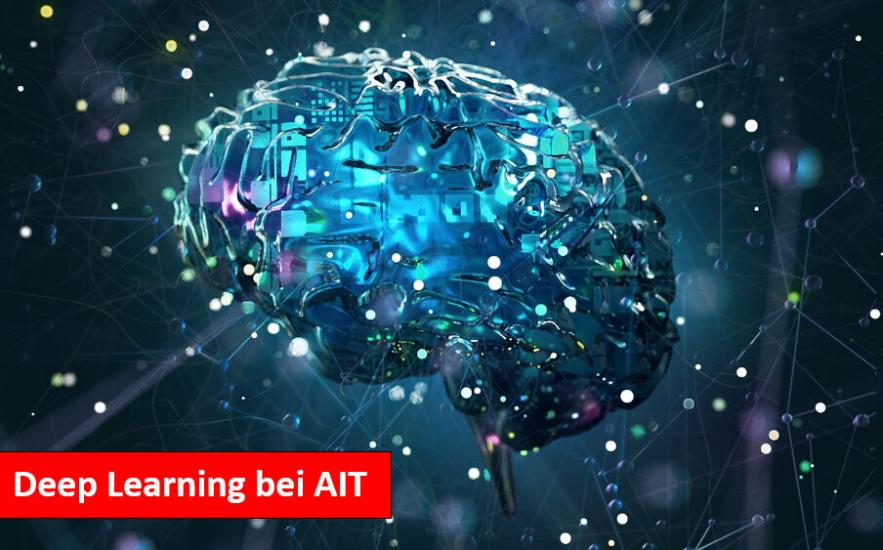How Can AI Deep Learning Be Used to Improve Transportation Systems?
Artificial intelligence (AI) deep learning is a rapidly developing field that has the potential to revolutionize many industries, including transportation. By enabling computers to learn from data and improve their performance over time, deep learning can help us to create transportation systems that are safer, more efficient, and more sustainable.

Benefits Of AI Deep Learning In Transportation Systems
- Improved Traffic Flow: AI deep learning can be used to analyze real-time traffic data and identify patterns and trends. This information can then be used to optimize traffic signals, plan dynamic routes for vehicles, and reduce congestion.
- Enhanced Safety: AI deep learning can be used to develop autonomous vehicles that can safely navigate roads without human input. These vehicles have the potential to eliminate human error, which is a major cause of accidents. AI deep learning can also be used to develop advanced driver assistance systems (ADAS) that can warn drivers of potential hazards and help them to avoid accidents.
- Increased Efficiency: AI deep learning can be used to optimize public transportation schedules, improve logistics and supply chain management, and reduce fuel consumption and emissions. This can lead to significant cost savings and environmental benefits.
Applications Of AI Deep Learning In Transportation Systems
- Autonomous Vehicles: AI deep learning is essential for the development of autonomous vehicles. These vehicles use a variety of sensors, including cameras, radar, and lidar, to collect data about their surroundings. This data is then processed by AI deep learning algorithms to make decisions about how to navigate the road safely.
- Traffic Management Systems: AI deep learning can be used to develop smart traffic signals and intersections that can adjust to changing traffic conditions in real time. These systems can help to reduce congestion and improve traffic flow.
- Public Transportation Optimization: AI deep learning can be used to optimize public transportation schedules and routes. This can help to improve the efficiency of public transportation systems and make them more attractive to users.
Challenges And Limitations Of AI Deep Learning In Transportation Systems
- Ethical and Legal Considerations: The development and deployment of AI deep learning technology in transportation systems raises a number of ethical and legal concerns. These include liability and responsibility in autonomous vehicle accidents, data privacy and security concerns, and the need for regulation and policy development.
- Technical Limitations: AI deep learning technology is still in its early stages of development, and there are a number of technical limitations that need to be addressed before it can be widely deployed in transportation systems. These include the limited accuracy and reliability of AI models, the need for extensive training data, and the computational and energy requirements of AI deep learning algorithms.
AI deep learning has the potential to revolutionize transportation systems, making them safer, more efficient, and more sustainable. However, there are a number of challenges and limitations that need to be addressed before this technology can be widely deployed. As these challenges are overcome, we can expect to see AI deep learning play an increasingly important role in the development of next-generation transportation systems.
YesNo

Leave a Reply